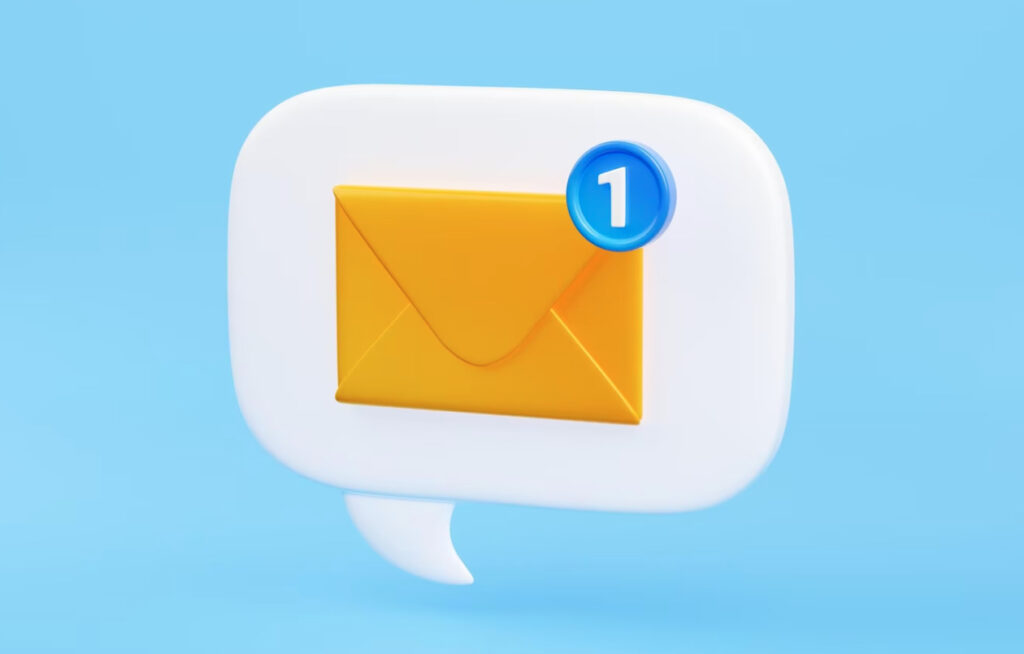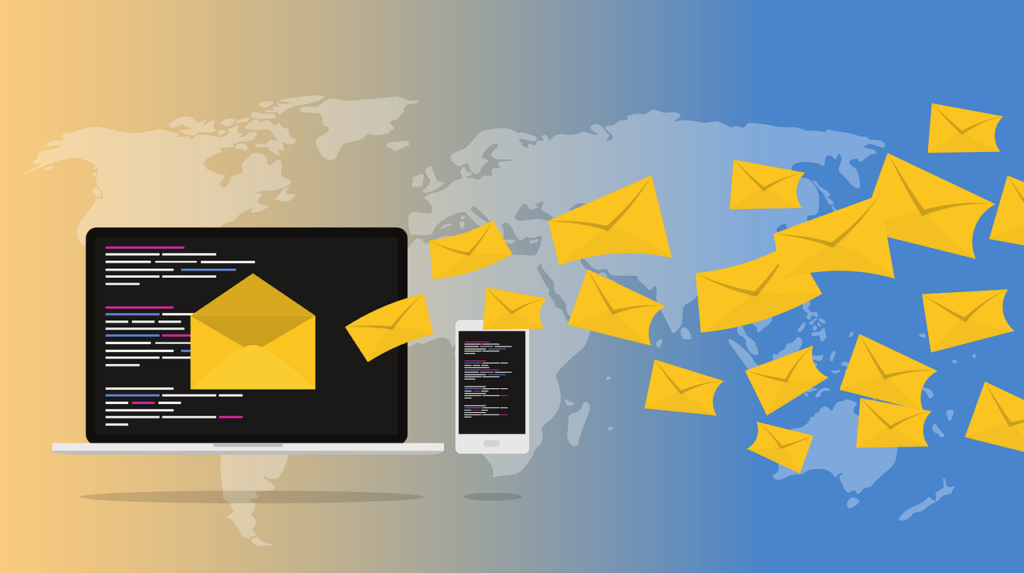Email design is a crucial element of any email campaign. In today’s fast-paced digital world, consumers are constantly inundated with emails, so it’s essential to create visually appealing emails that stand out from the crowd. In this article, we will explore the psychology of email design and provide actionable tips for creating effective email campaigns.
The Psychology of Color in Email Design
Color is a powerful tool in email design. Different colors can evoke different emotions and behaviors in your audience. For example, blue is often associated with trust and security, while red is associated with urgency and excitement. When choosing a color palette for your email campaigns, it’s important to consider the meaning behind different colors and their impact on your audience.
Tips for choosing the right color palette for your email campaigns:
- Consider your brand identity and choose colors that align with your brand values.
- Use contrasting colors to make your call-to-action buttons stand out.
- Avoid using too many colors as it can be overwhelming for your audience.
Font Choices in Email Design
Font choices can also have a significant impact on email design. Different fonts can evoke different emotions and convey different tones of voice. For example, serif fonts are often associated with tradition and elegance, while sans-serif fonts are seen as modern and clean. When choosing a font for your email campaigns, it’s important to consider the tone and message you want to convey.
Tips for choosing the right font for your email campaigns:
- Use a legible font that is easy to read on both desktop and mobile devices.
- Choose a font that matches your brand voice and personality.
- Use different font sizes and styles to create visual hierarchy and emphasize important information.
Layout Strategies for Emails
Layout is another important aspect of email design. A well-designed layout can help guide your audience’s eyes to the most important information and make your emails more engaging. There are different types of layouts you can use depending on the type of message you want to convey.
Tips for designing effective email layouts:
- Use a clear and concise headline to grab your audience’s attention.
- Create a visual hierarchy by using different font sizes, colors, and styles.
- Use images and graphics to break up text and make your emails more visually appealing.
- Optimize your emails for mobile devices by using responsive design.
Best Practices for Email Campaigns
In addition to color, font, and layout, there are other best practices you should consider when designing your email campaigns. These best practices can help increase the effectiveness of your campaigns and improve your audience engagement.
Tips for designing effective email campaigns:
- Write clear and compelling subject lines that encourage your audience to open your emails.
- Use personalized and relevant content to make your emails more engaging.
- Include a clear and prominent call-to-action that directs your audience to take the desired action.
- Test and optimize your email campaigns to improve their effectiveness over time.
Conclusion
In conclusion, the psychology of email design plays a crucial role in the success of your email campaigns. By understanding the impact of color, font, and layout on your audience’s emotions and behavior, you can create more engaging and effective emails. By following the tips and best practices outlined in this article, you can improve the effectiveness of your email campaigns and achieve better results.


